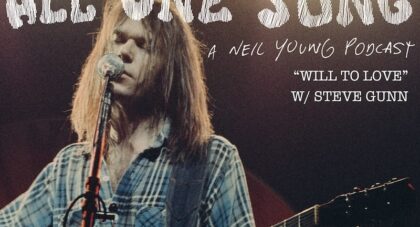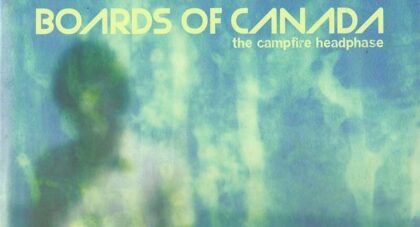Depending on your entry point, Andy Paley’s body of work might be familiar via a number of unique gateways. Recording with Phil Spector and the Wrecking Crew. Producing the Shangri-Las. Writing with the Ramones. Sharing the stage with Patti Smith. And, of course, Brian Wilson’s proclamation of Paley being “the greatest musical genius I’ve ever come across”. Now residing in Vermont, Paley connected with us to discuss his long trajectory traveling all avenues of music, as well as current projects still rooted in the Spector-inspired tradition of the sixties “girl group” and French yé-y . . .
Only the good shit. Aquarium Drunkard is powered by its patrons. Keep the servers humming and help us continue doing it by pledging your support.
To continue reading, become a member or log in.


